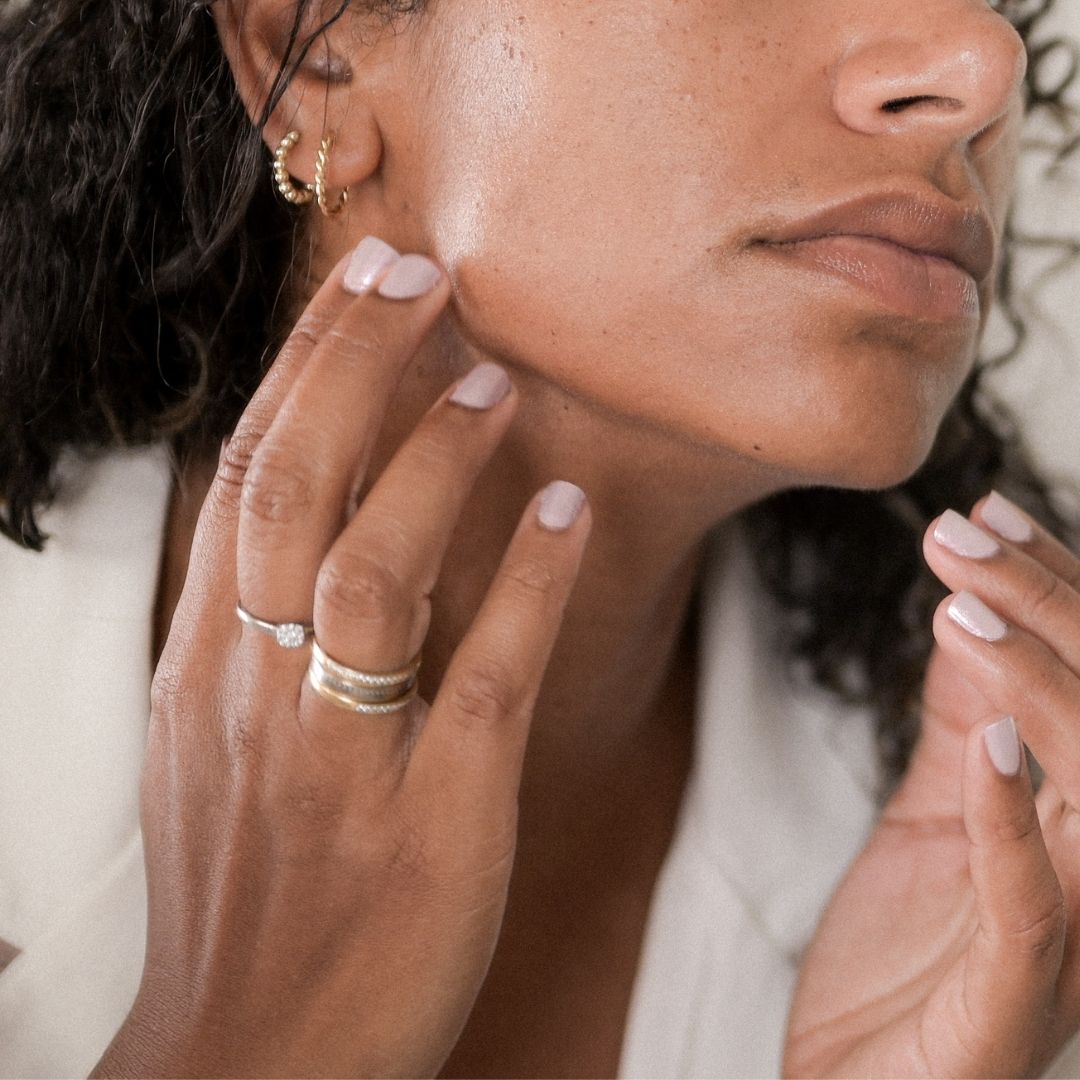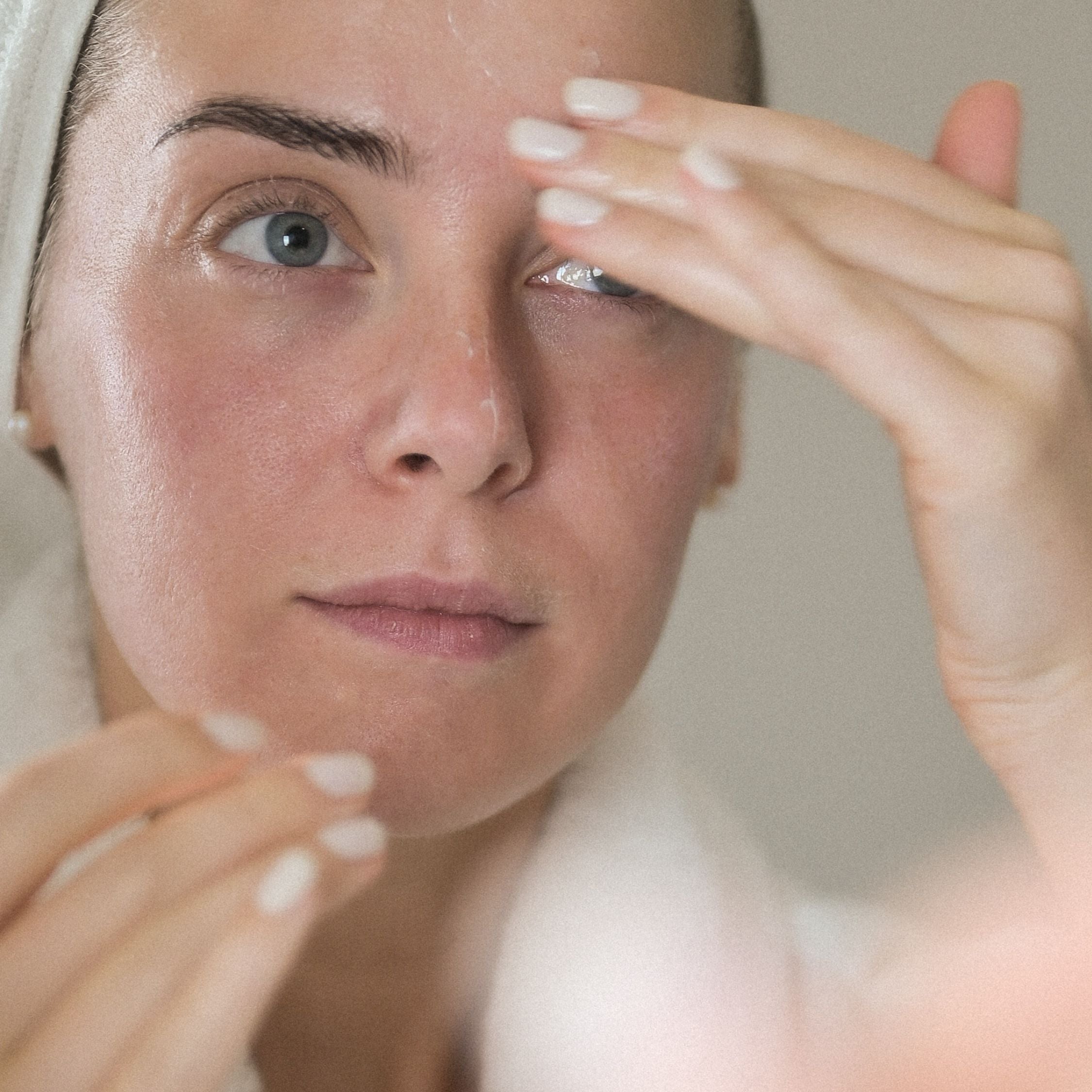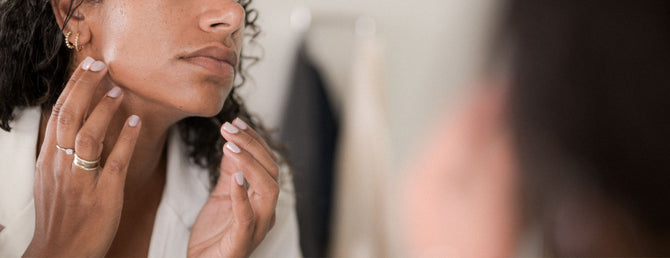
Premenstrual syndrome (PMS) is a well-known part of many women's monthly cycles, which can include a range of symptoms from emotional swings to physical ailments. But one aspect that doesn't always get as much attention is how PMS affects the skin. For many women, the hormonal changes during PMS lead to noticeable changes in their skin health. This article explores these changes, provides insights on how to manage them, and examines why women get PMS.
Premenstrual syndrome (PMS) occurs during the luteal phase of the menstrual cycle, the period after ovulation and up until the start of menstruation. Ovulation usually occurs in the middle of the cycle, around day 14 of an average 28-day cycle, meaning that PMS symptoms usually begin to appear in the days after ovulation.
The symptoms of PMS can vary considerably from person to person, both in terms of the symptoms experienced and their intensity. Most women begin to notice symptoms about 5 to 10 days before their period starts, and symptoms usually subside when their period starts or shortly thereafter. For some women, the symptoms may be mild and barely noticeable, while others may experience severe symptoms that affect their daily lives.
Symptoms of PMS include, but are not limited to, mood swings, fatigue, irritability, anxiety, depression, bloating, breast tenderness, headaches, and acne. It is important to note that not all women experience PMS, and for those who do, the symptoms and their intensity may change over time.

Premenstrual syndrome is caused by a combination of hormonal changes, brain chemical changes, lifestyle factors, genetics, and possibly inflammation. Hormonal fluctuations, especially in estrogen and progesterone after ovulation, are believed to be a primary driver behind PMS symptoms.
These hormonal changes can affect serotonin, a neurotransmitter that regulates mood, leading to the emotional symptoms of PMS. Additionally, genetic factors and lifestyle choices such as diet and stress levels can influence the severity of PMS.
During the premenstrual phase, the sebaceous glands can be affected by fluctuations in hormone levels, especially androgens, such as testosterone. Although androgens are typically classified as male hormones, they are also found in women and play a role in skin health, including regulating sebum production.
During the menstrual cycle, especially during the luteal phase, hormone levels fluctuate. As estrogen and progesterone levels rise and fall, the relative effects of androgens may become more prominent. This can lead to increased sebum production, contributing to acne breakouts or oily skin, which some women experience as part of their PMS symptoms.

Acne:
Increased sebum production can lead to acne, especially around the jawline and on the chin.
Rash:
Hormonal changes can cause skin rashes or worsen them if you are prone to eczema.
Increased sensitivity:
The skin may become more sensitive, making it more prone to irritation.
Redness and swelling:
Hormonal fluctuations can cause inflammation, which can result in redness and swelling.

Use mild cleansing products. Mineral cleanser works great as a cleanser during PMS.
Increase your use of moisturizer to combat dryness. If you have acne-prone skin and break out easily during PMS, we recommend our lighter emulsions: Light Emulsion and Rich Emulsion.
Products with zinc, retinol and Niacinamide can help, as can consulting a dermatologist for more severe cases. Azelaic Concentrate works great as a spot treatment during the PMS period.


















